Monarch butterflies are one of nature’s most captivating travellers.
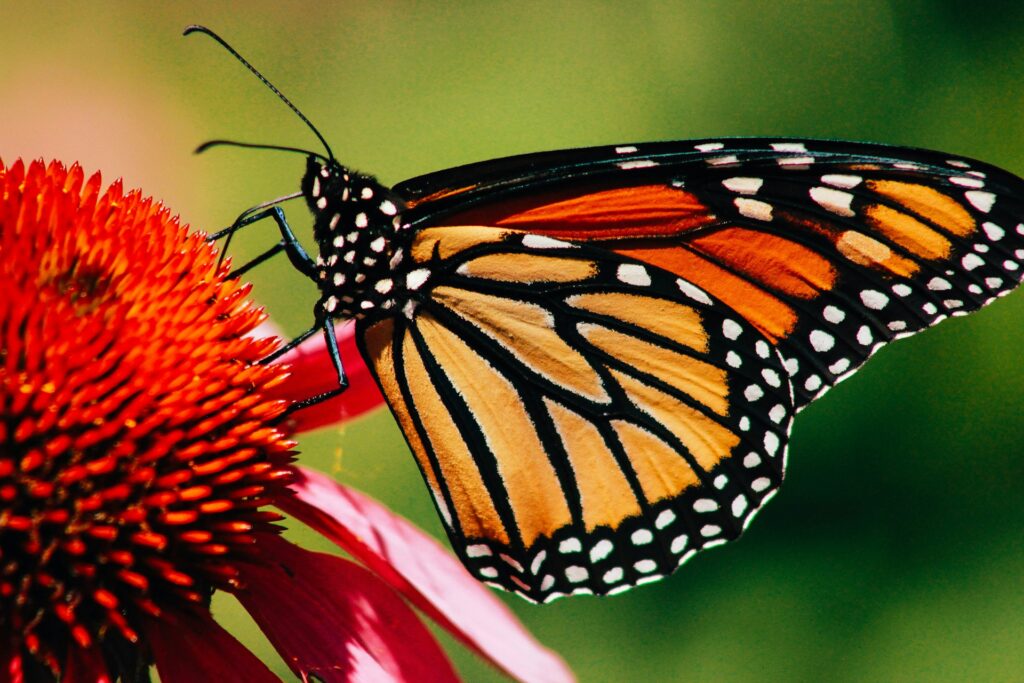
Every year, these delicate insects make an astonishing journey—some flying up to 3,000 miles from Canada and the northern United States to overwintering grounds in central Mexico. It’s one of the most remarkable migration patterns in the animal kingdom, especially for a species so small and fragile.
Sadly, this extraordinary natural event is under serious threat. Climate change is having a profound impact on the migration of monarch butterflies, affecting everything from their breeding and feeding grounds to the availability of shelter and the timing of their life cycle. Scientists have been warning for years that if current trends continue, we could see the collapse of this iconic migration altogether.
Changing temperatures are disrupting their life cycle.
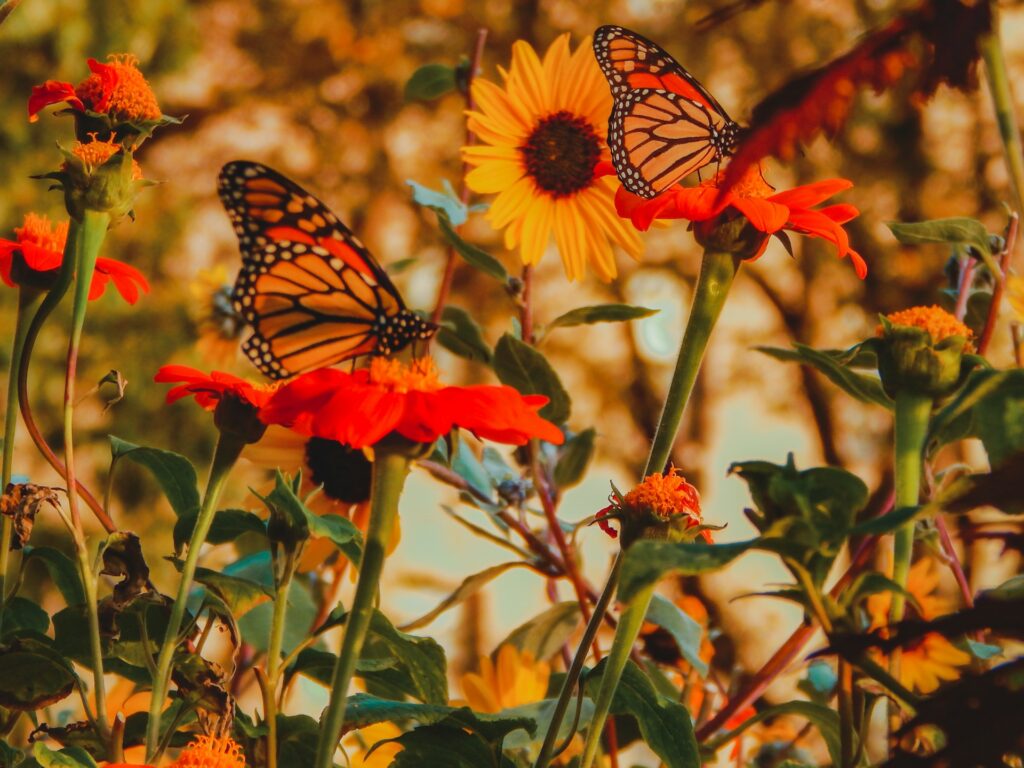
Monarch butterflies are highly sensitive to temperature. Their migration, breeding, and metamorphosis all depend on seasonal cues. But as average temperatures rise and seasonal patterns become more erratic, these cues are being thrown off. Warmer springs can cause monarchs to leave their overwintering sites too early, before milkweed—the only plant monarch caterpillars can eat—is available further north.
This mismatch between when butterflies migrate and when food is available can have serious consequences for survival. Similarly, longer, hotter summers can accelerate their development, leading to smaller, weaker butterflies less capable of completing the journey south, according to the National Wildlife Federation. In colder months, delayed or sudden freezes can also result in high mortality rates, especially when monarchs are caught mid-migration or leave too late.
Extreme weather events are increasing mortality.
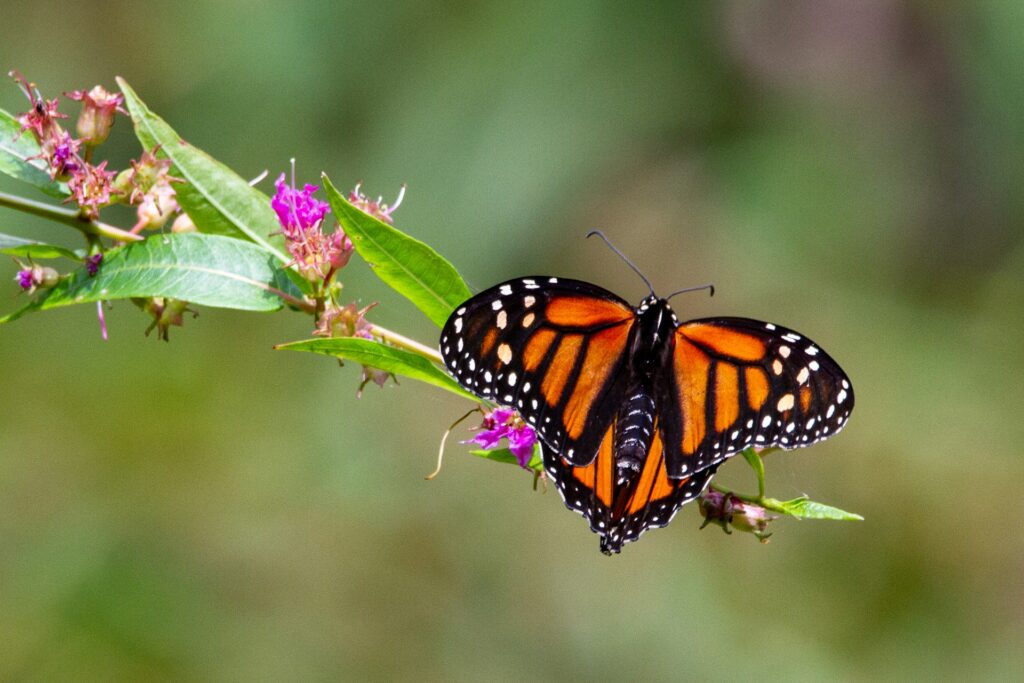
Climate change is fuelling more frequent and intense weather events—including storms, droughts, and heatwaves. Monarch butterflies are vulnerable to all of them. In 2002, a freak snowstorm in Mexico killed an estimated 75% of the monarch population overwintering in the mountains. Since then, droughts in the southern U.S. and wildfires in California have damaged key stopover habitats and reduced the availability of nectar plants.
Heavy rains and floods can also destroy milkweed and other native plants monarchs depend on during migration. Heatwaves, meanwhile, can disrupt flight patterns and dehydrate butterflies quickly. Without access to reliable food and shelter along their route, monarchs struggle to survive the multi-generational journey, warns the USGS.
Habitat loss is compounding the problem.

While climate change is a major factor, it’s not acting alone. Habitat destruction—often driven by agriculture and urban sprawl—is making it harder for monarchs to find the resources they need at every stage of migration. Milkweed, once common along roadsides and in open fields, is disappearing due to pesticide use and land development. As the Center for Biological Diversity explains, monarchs also rely on tree cover in their overwintering sites for shelter and temperature regulation, but illegal logging continues to threaten these habitats.
Fragmented landscapes reduce connectivity between breeding and stopover sites, leaving gaps in the migration corridor. When combined with the effects of climate change, this habitat loss creates a cascading series of challenges that are difficult for the species to overcome.
Changing ranges are creating new challenges.
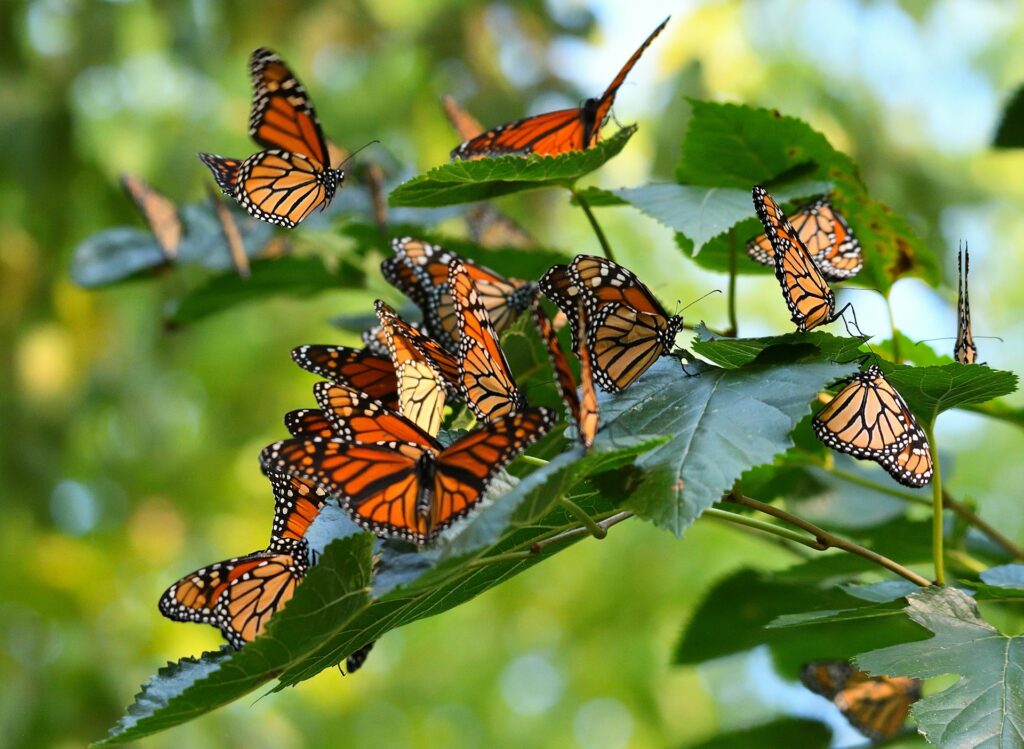
Monarchs are beginning to change their migration behaviour in response to warming temperatures. Some are now breeding further north than usual or attempting to overwinter in places where they never have before, including the southern U.S. and parts of California. While this might sound like adaptability, it often puts the butterflies in areas that don’t offer the shelter, food, or conditions they need to survive the winter.
These range shifts also disrupt the natural timing of their multi-generational migration. Monarch migration is not completed by a single butterfly—multiple generations are needed to complete the full round trip. Warmer temperatures can confuse this process, affecting when and where eggs are laid and reducing the success of subsequent generations. Scientists are particularly concerned that disrupted cycles could cause population crashes in future years.
Drought is threatening their food sources.
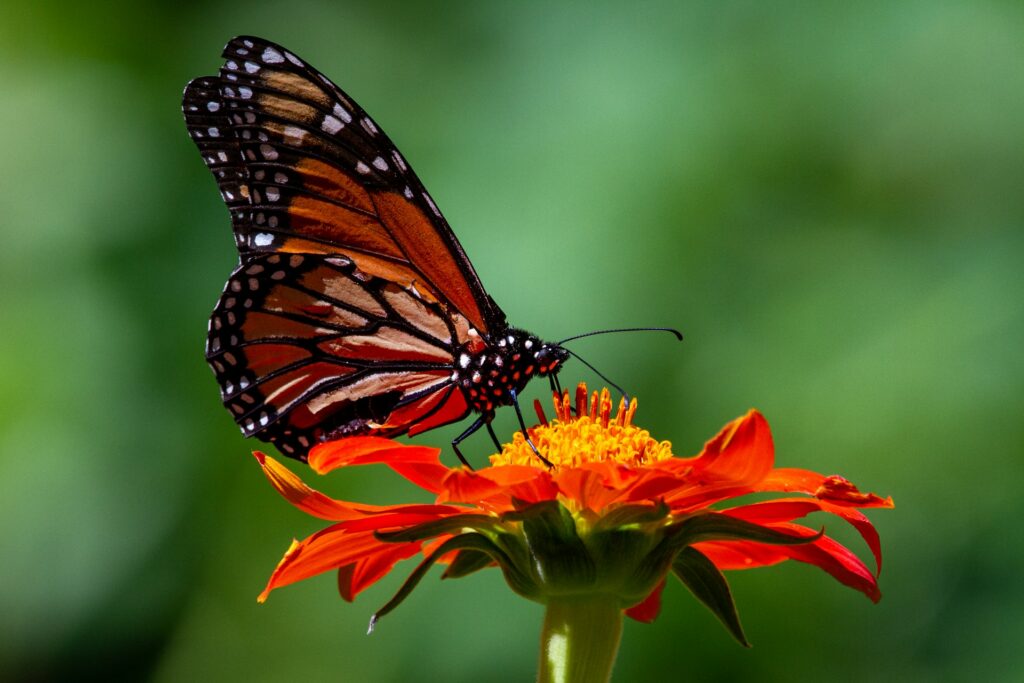
Monarchs rely on nectar-producing flowers to fuel their journey. Drought conditions, which are becoming more severe and prolonged in parts of North America, reduce the number of blooming plants along migratory routes. This limits access to essential nectar sources and forces monarchs to expend more energy searching for food.
In especially dry years, entire patches of wildflowers may fail to bloom, leaving monarchs with little to sustain them. In turn, they may lay fewer eggs, weakening the next generation. According to the U.S. Drought Monitor, droughts are affecting broader regions and lasting longer than in previous decades, directly threatening pollinator health. Prolonged drought also affects milkweed growth, further compounding reproductive challenges.
Pesticide use is making it worse.
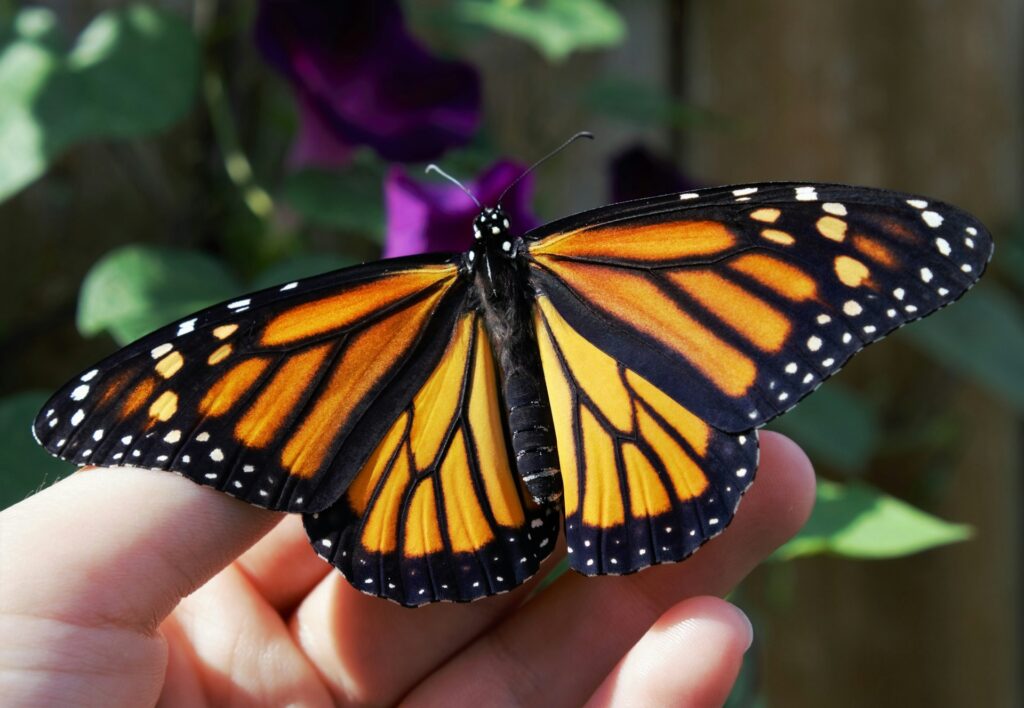
Widespread use of herbicides like glyphosate (found in products like Roundup) has decimated milkweed across much of the monarch’s breeding territory. These chemicals, used in industrial agriculture, eliminate milkweed from fields and roadways, further fragmenting available habitat.
Without milkweed, monarchs cannot reproduce. It’s their only host plant. Even small-scale exposure to pesticides can harm developing caterpillars, weakening them before they even take flight. This widespread chemical use, combined with changing weather patterns, reduces the chances of population recovery. Studies published in journals like Ecotoxicology have shown that common pesticides can significantly reduce monarch larval survival.
Pollution is disrupting air quality and food availability.

Air and soil pollution are increasingly affecting plant health and butterfly nutrition. Nitrogen deposition from vehicle emissions and fertilisers can alter the chemical composition of milkweed and other nectar plants, potentially making them less nutritious or even toxic in some cases. Pollutants in the air may also affect butterfly navigation and breeding success.
In regions near industrial farming zones or urban developments, monarchs face higher levels of air and chemical exposure. Over time, this environmental stress can lead to physiological weaknesses in adult butterflies, decreasing their lifespan and reproductive capacity.
Light pollution may be confusing migratory cues.

Artificial light at night is another under-recognised threat. Monarchs, like many migratory species, rely on natural light cues for orientation and timing. Light pollution along highways, cities, and industrial areas may interfere with these cues, disrupting their navigation and potentially leading them off course.
Research is still emerging in this area, but preliminary studies suggest that increased night-time illumination may confuse not only migratory timing but also roosting behaviour. Disoriented butterflies expend more energy and may struggle to complete the full migration.
Conservation efforts are underway, but fragile.
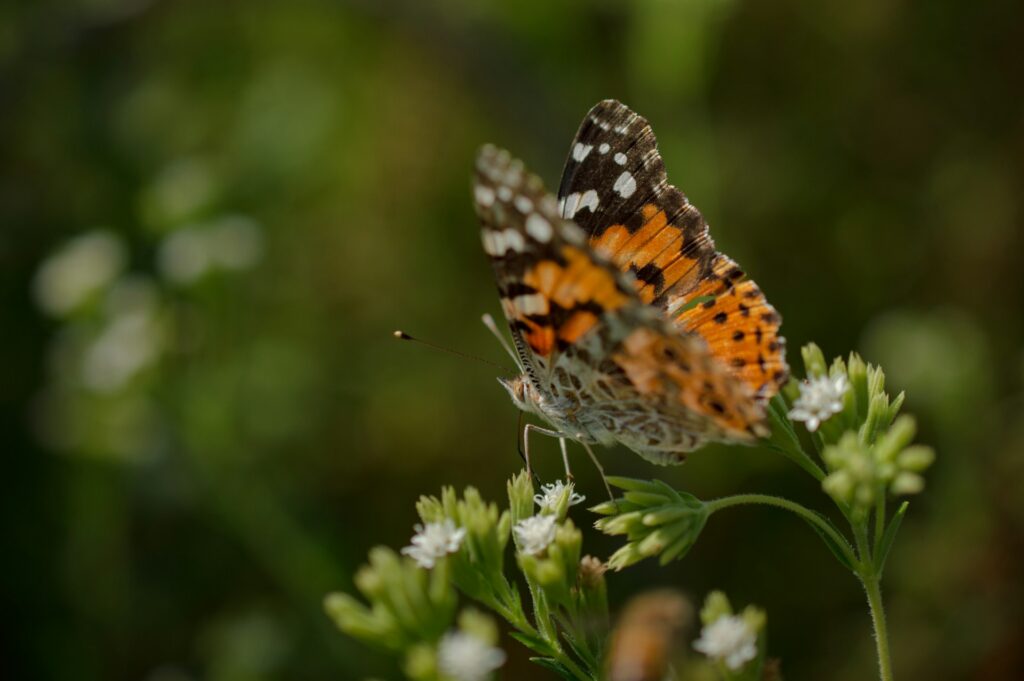
Efforts to protect monarchs are ongoing. In the U.S., conservation groups are working to restore milkweed habitats, reduce pesticide use, and protect migratory corridors. Mexico has increased protections for the Monarch Butterfly Biosphere Reserve, and public awareness campaigns encourage people to plant native wildflowers and avoid using harmful chemicals in their gardens.
Citizen science projects like Journey North and Monarch Watch encourage people to track butterfly sightings and contribute to research. These efforts have improved public engagement, but face challenges without consistent funding or political support.
In 2020, the U.S. Fish and Wildlife Service determined that monarch butterflies warranted protection under the Endangered Species Act, but the species was not officially listed due to other conservation priorities. This decision highlights the complexity of protecting migratory species across international borders and competing ecological concerns.
Why it matters
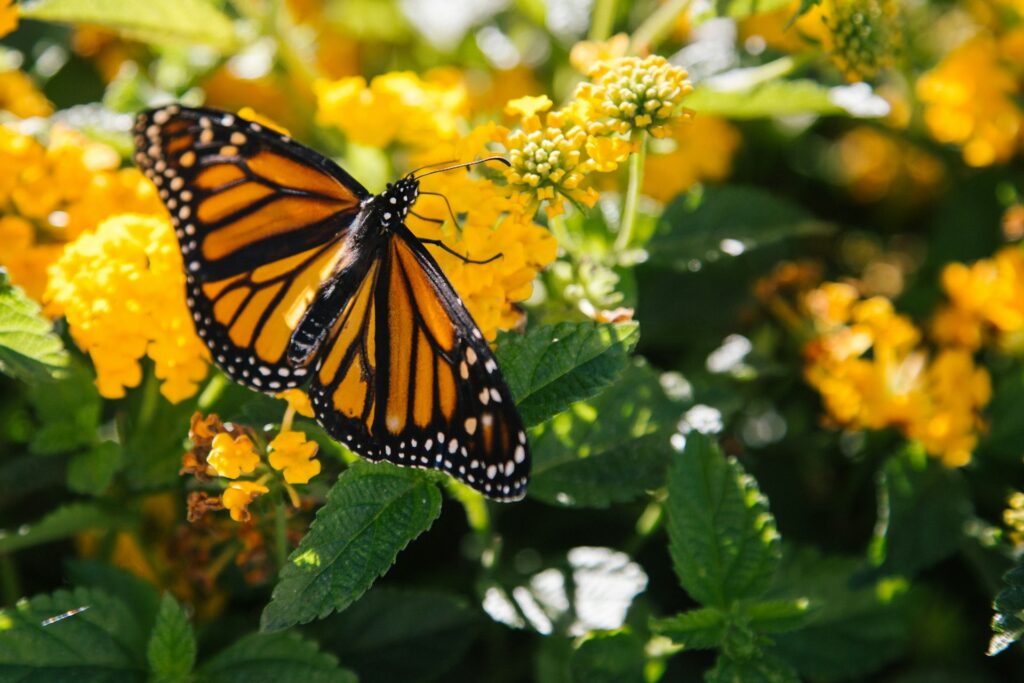
The monarch butterfly is more than just a beautiful insect. It’s a vital pollinator, a cultural symbol, and an indicator of environmental health. Its decline is a warning sign about the fragility of ecosystems in the face of climate change. Protecting monarchs means protecting the interconnected web of plants, animals, and climates they rely on—and by extension, that we rely on too.
The disappearance of monarch migration wouldn’t just be a loss for biodiversity. It would be a loss of wonder, of connection to the natural world, and of one of the most awe-inspiring phenomena on Earth. Indigenous cultures and environmental movements alike have long celebrated the monarch for its symbolism and ecological role.
If we want future generations to look up and see clouds of orange and black wings fluttering south in autumn, we need to take climate change seriously—not just for the sake of the monarchs, but for everything they represent. Their survival depends on more than good intentions—it depends on global cooperation, responsible land use, and a shared recognition that even the smallest creatures can tell us when something is wrong with the world around us.